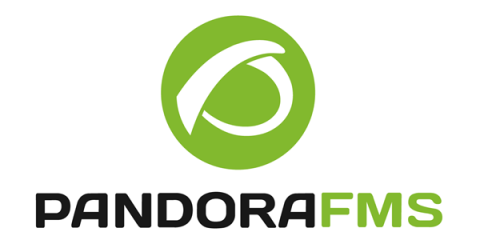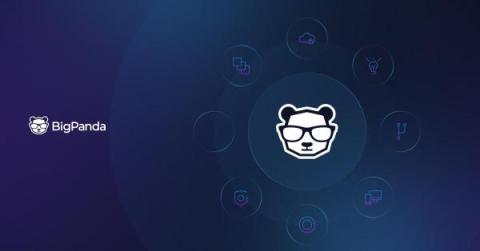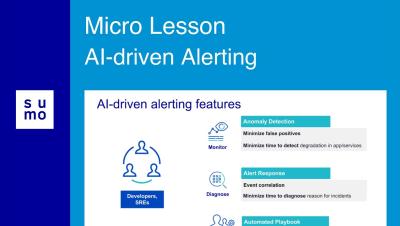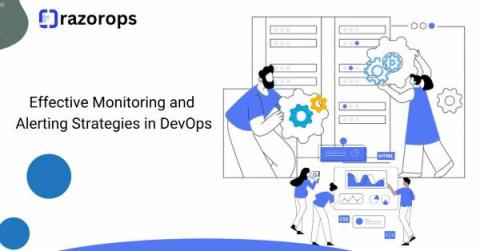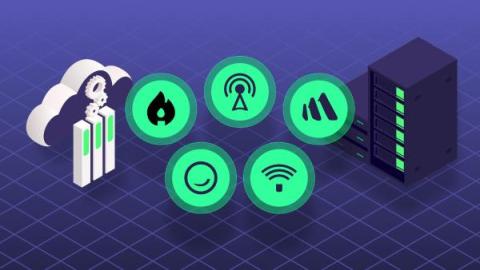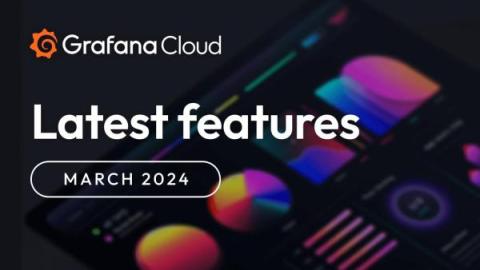What is alert fatigue and its effect on IT monitoring?
Talking about too many cybersecurity alerts is not talking about the story of Peter and the Wolf and how people end up ignoring false warnings, but about its great impact on security strategies and, above all, on the stress it causes to IT teams, which we know are increasingly reduced and must fulfill multiple tasks in their day to day.


